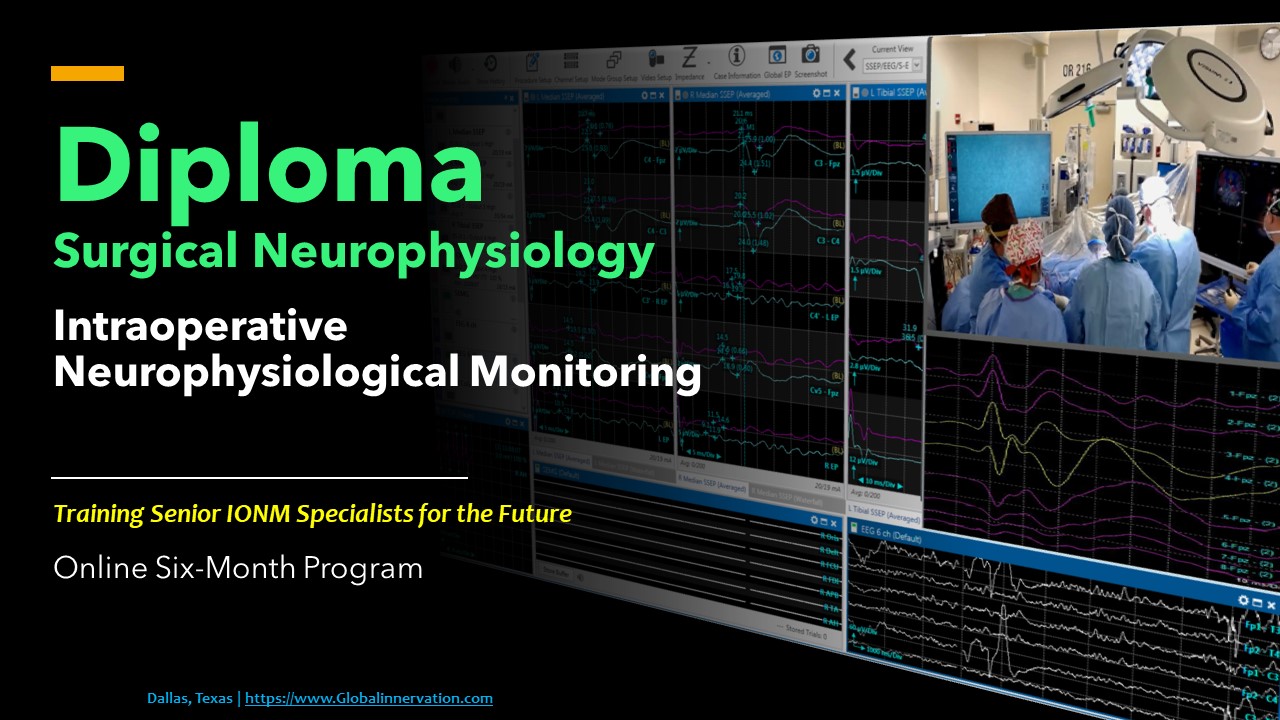The Role of Electroencephalography in the Differential Diagnosis of Dementia
DOI:
https://doi.org/10.5281/zenodo.10578252Keywords:
Electroencephalography, EEG, dementia, Alzheimer’s, lewy bodies, Creutzfeldt-Jakob DiseaseAbstract
Dementia is a well-known condition that affects nearly 5.8 million people in the United States [1]. While people are most familiar with Alzheimer’s dementia, other lesser-known forms of dementia, including Lewy body dementia, Creutzfeldt Jakob disease, and vascular dementia, account for 20-40% of dementia in today’s population. More than 55 illnesses can cause dementia. Dementia is characterized by acquired loss of cognitive, behavioral, and emotional abilities to the extent that it impacts daily life [2]. Common dementia symptoms include memory loss, deficits in mental acuity, language impairments, impaired judgment, unstable mood, and motor deficits [3].
An electroencephalogram (EEG) records the summed electrical activity of pyramidal cells using electrodes placed on the scalp and graphed over time. It represents the amalgamation of excitatory and inhibitory postsynaptic potentials by measuring the difference in electrical potential between two scalp sites. EEGs play an important role in research and medicine. They are useful in monitoring brain activity for various functions, such as memory or sleep, and diagnosing numerous neurological disorders [10]. An EEG of a normal, alert individual typically has low-amplitude, high-frequency activity in alpha waves [9].
References
“The Truth about Aging and Dementia.” Centers for Disease Control and Prevention, Centers for Disease Control and Prevention, 20 Aug. 2019, www.cdc.gov/aging/publications/features/Alz-Greater-Risk.html.
Geldmacher, David S., Whitehouse, Peter J. Evaluation of Dementia. New England Journal of Medicine. 1996. DOI: 10.1056/NEJM199608013350507.
“What Is Dementia?” NHS Choices, NHS, www.nhs.uk/conditions/dementia/about-dementia/what-is-dementia/.
Alida A. Gouw and Corenlis J. Stam. Electroencephalography in the Differential Diagnosis of Dementia. Dutch Clinical Neurophysiology Society. 2016. 33: 173 – 182.
M. Gawel, E. Zalewska, E. Szmidt-Sałkowska, J. Kowalski. The value of quantitative EEG in differential diagnosis of Alzheimer's disease and subcortical vascular dementia. Journal of the Neurological Sciences. Volume 283, Issues 1–2, Pages 127-133. 2009. https://doi.org/10.1016/j.jns.2009.02.332.
“Alzheimer’s Disease - Causes.” NHS Choices, NHS, www.nhs.uk/conditions/alzheimers-disease/causes/#:~:text=Alzheimer’s%20disease%20is%20thought%20to,form%20tangles%20within%20brain%20cells.
Sean J. Colloby, Ruth A. Cromarty, Luis R. Peraza, Kristinn Johnsen, Gísli Jóhannesson, Laura Bonanni, Marco Onofrj, Robert Barber, John T. O'Brien, John-Paul Taylor. Multimodal EEG-MRI in the differential diagnosis of Alzheimer's disease and dementia with Lewy bodies. Journal of Psychiatric Research. Volume 78, Pages 48-55. 2016. https://doi.org/10.1016/j.jpsychires.2016.03.010.
Erkinjuntti, T., M.D, Larsen, T., Sulkava, R., Ketonen, L., Laaksonen, R. and Palo, J. EEG in the differential diagnosis between Alzheimer's disease and vascular dementia. Acta Neurologica Scandinavica. 1988. https://doi.org/10.1111/j.1600-0404.1988.tb06971.x.
Britton JW, Frey LC, Hopp JLet al., authors; St. Louis EK, Frey LC, editors. Electroencephalography (EEG): An Introductory Text and Atlas of Normal and Abnormal Findings in Adults, Children, and Infants. Chicago: American Epilepsy Society; 2016.
Beres AM. Time is of the Essence: A Review of Electroencephalography (EEG) and Event-Related Brain Potentials (ERPs) in Language Research. Appl Psychophysiol Biofeedback. 2017 Dec;42(4):247-255. doi: 10.1007/s10484-017-9371-3. PMID: 28698970; PMCID: PMC5693972.
Heinz Gregor Wieser, Kaspar Schindler, Dominik Zumsteg. EEG in Creutzfeldt–Jakob disease. Clinical Neurophysiology. Volume 117, Issue 5. Pages 935-951. 2006. https://doi.org/10.1016/j.clinph.2005.12.007.
“The 10 Benefits of Early Diagnosis.” Alzheimer Society of Canada, alzheimer.ca/en/about-dementia/do-i-have-dementia/how-get-tested-dementia-tips-individuals-families friends/10#:~:text=Treatment%20of%20Alzheimer’s%20disease%20and,about%20how%20to%20treat%20dementia.
“Creutzfeldt-Jakob Disease.” Alzheimer’s Society, 25 Feb. 2022, www.alzheimers.org.uk/about-dementia/types-dementia/creutzfeldt-jakob-disease#:~:text=If%20a%20person%20has%20sporadic,may%20become%20clumsy%20and%20confused.
“Fact Sheet: U.S. Dementia Trends.” Population Reference Bureau, PRB, www.prb.org/resources/fact-sheet-u-s-dementia-trends.
Tschampa HJ, Neumann M, Zerr I, et al. Patients with Alzheimer's disease and dementia with Lewy bodies mistaken for Creutzfeldt-Jakob disease. Journal of Neurology, Neurosurgery & Psychiatry. 2001.
“Why Is It Important to Get Dementia Diagnosed?” Alzheimer’s Society, 10 May 2021, www.alzheimers.org.uk/about-dementia/symptoms-and-diagnosis/dementia-diagnosis/why-get-dementia-diagnosed.
“What Is Lewy Body Dementia? Causes, Symptoms, and Treatments.” National Institute on Aging, U.S. Department of Health and Human Services, www.nia.nih.gov/health/lewy-body-dementia/what-lewy-body-dementia-causes-symptoms-and-treatments#:~:text=Lewy%20body%20dementia%20(LBD)%20is,movement%2C%20behavior%2C%20and%20mood.
Published: Dec 06, 2023. https://globalinnervation.blogspot.com/2023/12/the-role-of-eeg-in-differential.html.
Gangardiwala, Zainab A, and Faisal R Jahangiri. 2023. “The Role of EEG in the Differential Diagnosis of Dementia.” Https://Www.globalinnervation.com/. Global Innervation LLC. December 6, 2023. https://globalinnervation.blogspot.com/2023/12/the-role-of-eeg-in-differential.html.
Downloads
Published
How to Cite
Issue
Section
License
Copyright (c) 2024 J of Neurophysiological Monitoring

This work is licensed under a Creative Commons Attribution 4.0 International License.





